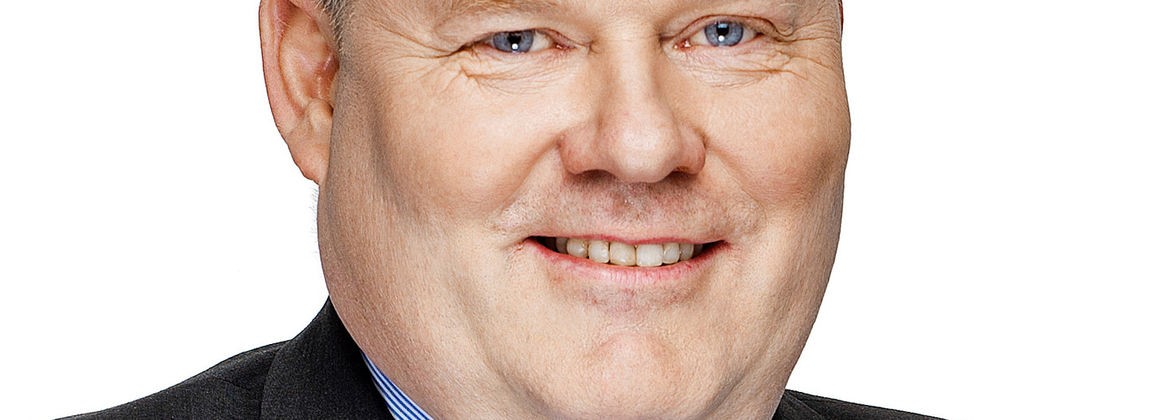Iceland's special position when it comes to biotechnology and biomaterials is the diversity of nature and the country's special characteristics, so emphasis has also been placed on researching microorganisms that live in hot springs and on the continental shelf of Iceland. We are therefore working here with unique biological substances that are not known elsewhere.
Matís' biotechnology and biochemistry division is a leader in research and development of biomaterials and biotechnology. The division's research focuses on how it is possible to promote the sustainable utilization of Icelandic nature for the production of sought-after biological substances and enzymes, and how antioxidant and protein-rich by-products of marine products can be utilized, thus contributing to added value and full utilization of raw materials. The division is very active in foreign cooperation and in close contact with food producers, biotechnology companies, institutions and universities.
In support of biotechnology research, a biotechnology center was built in Sauðárkrókur, where it is one of the most advanced laboratories in the country, which has played an important role in Matís' operations and the advancement of biotechnology research and innovation in Iceland and has already yielded value.
The division's biotechnology research takes into account the bioeconomy and its protection, but we are constantly working to develop methods and processing processes for screening, isolating and processing valuable biomaterials from natural raw materials, where the main emphasis is on unused raw materials and by-products.
During the processing of marine products, large quantities of by-products are used, which are either used in low-value products, such as fishmeal, or disposed of with associated costs and adverse effects on the environment. This extra raw material can be used to make valuable products that can be used, for example, in food supplements and target foods.
The processing of by-products not only creates new value but also has a strengthening effect on rural development and creates new jobs. Increased utilization of kelp in Iceland, for example, has resulted in valuable products, in addition to creating jobs in the collection and processing of seaweed, the processing of bioactive substances and the production of skin care products, and has contributed to greater diversity in the Icelandic economy.
Iceland's special position when it comes to biotechnology and biomaterials is the diversity of nature and the country's special characteristics, so emphasis has also been placed on researching microorganisms that live in hot springs and on the continental shelf of Iceland. We are therefore working here with unique biological substances that are not known elsewhere.
The results of research have been a stimulus for growth for Icelandic start-ups, as well Iceprotein and Marinox and has positive consequences for the Icelandic economy. Much has been achieved in research into active biomaterials from Icelandic seaweed, which is one of the most underused and possibly one of the most underestimated resources in Iceland. Research has shown that Icelandic brown algae are particularly rich in interesting and valuable substances, and the first products containing such substances have finally arrived on the market after years of research.
The aim is to process marketable products from the biomaterials found here, and in light of the fact that many of them have functions that are not known elsewhere, they are already in demand by manufacturers both here at home and abroad. Research indicates that the biological substances can be used in the food and chemical industry and positive activity has already been shown. The biologics can therefore be useful in the production of health products that are intended to prevent various ailments and diseases, such as lowering blood pressure, resistance to cancer, prevention of cardiovascular disease and more.
An expert group on biomaterials is currently working on a number of projects related to the development of biomaterials and bioactive substances. Research on algae has played an important role and new ways of utilizing biomaterials in various products are constantly being found. An example is a project that is underway called "New natural antioxidants from the ocean". The project is funded by the AVS Fisheries Research Fund and worked in close collaboration with the innovation company Marinox and companies in the fishing industry, Þorbjörn in Grindavík, HB Granda and Fiskeldisstöðin Haukamýri. The project involves the development and production of new natural antioxidants from Icelandic seafood to increase the stability of various seafood products. The project is based on years of research on algae, which led to the establishment of Marinox, but the company specializes in research, development and production of bioactive substances from marine algae and products containing such substances. The company's first product line, the UNA skincare skin care products, was launched in 2012.
Another collaboration between Matís and Marinox and funded by AVS, is called "Increased value of algae processing". One of the aims of the project is to find ways to utilize by-products from algae processing that have not been used so far in valuable products such as basic compounds for chemical processing, carriers for food supplements and in protein processing.
Protein processing is also a big part of the professional group's activities. Matís has in collaboration with MPF Ísland developed a new product - FiskiTofu. The raw material in FiskiTofu is a protein mass that is processed by isolating protein from cuttings. The product is therefore a good example of the sustainable utilization of living natural resources, as cuttings are now often used in low-value products, for example feed, but here a high-quality product is created that fits in with modern needs.
For further information Hörður G. Kristinsson, Director of Biotechnology and Biochemistry and Director of Research at Matís.

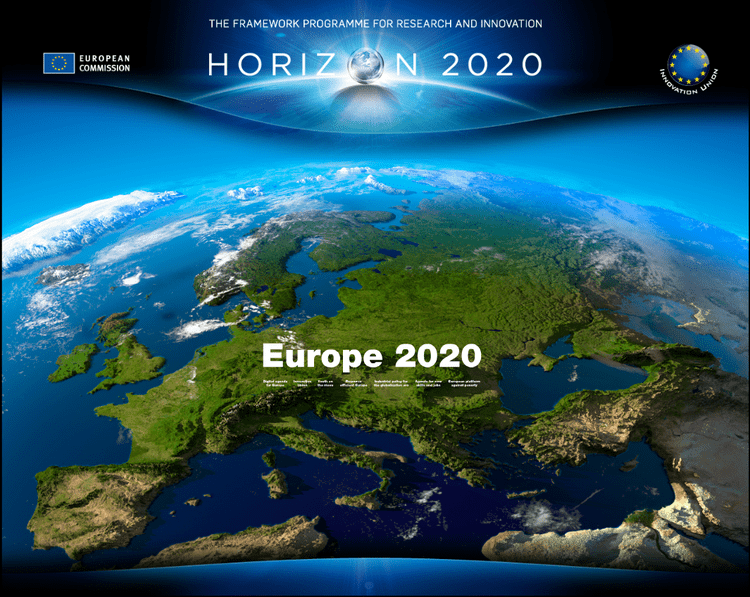
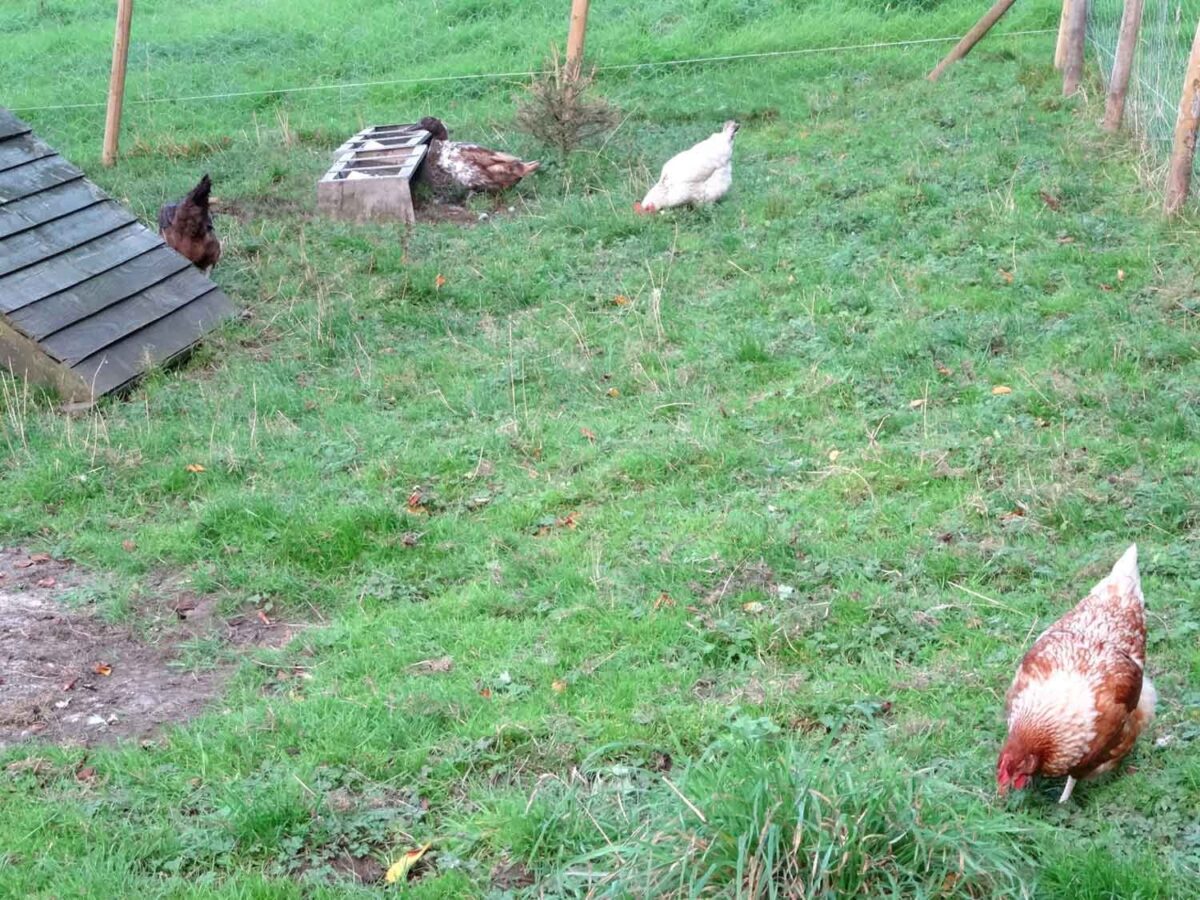

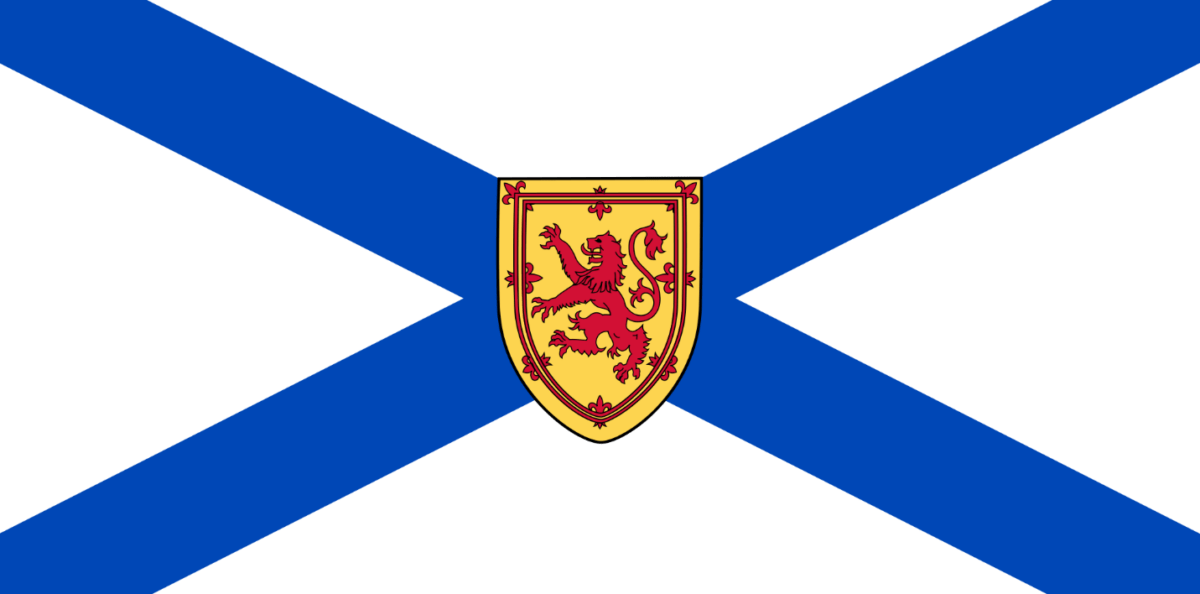
 Fridrik Fridriksson, Chairman of the Board of Matís, and Keith Colwell, Minister of Fisheries and Agriculture in Nova Scotia, join hands in signing the declaration of intent. Others in the picture are (from left): Sveinn Margeirsson, CEO of Matís, Stewart Wheeler, Ambassador of Canada to Iceland and Jo Ann Fewer, CEO of Perennia.
Fridrik Fridriksson, Chairman of the Board of Matís, and Keith Colwell, Minister of Fisheries and Agriculture in Nova Scotia, join hands in signing the declaration of intent. Others in the picture are (from left): Sveinn Margeirsson, CEO of Matís, Stewart Wheeler, Ambassador of Canada to Iceland and Jo Ann Fewer, CEO of Perennia. Part of Matís' foreign and domestic partners.
Part of Matís' foreign and domestic partners.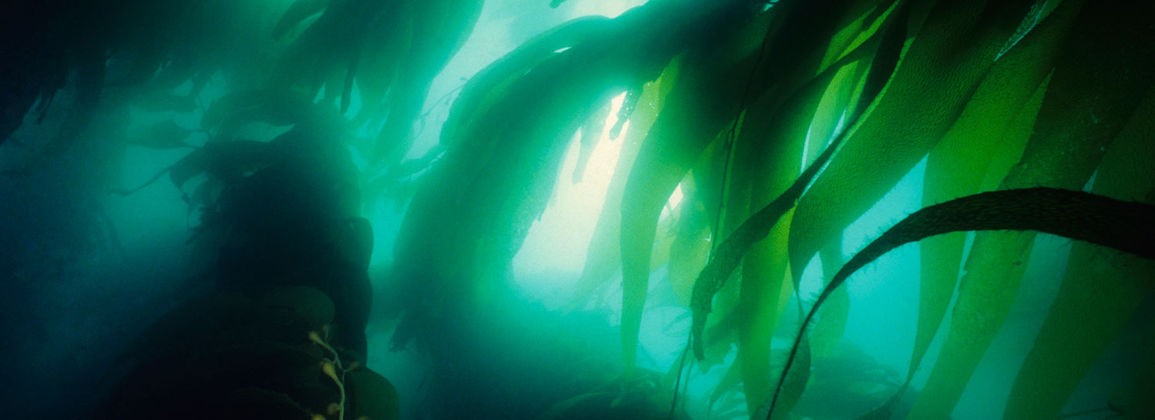

 Oddur Már Gunnarsson, Matís Business Development Manager and Jón Axel Pétursson,
Oddur Már Gunnarsson, Matís Business Development Manager and Jón Axel Pétursson,